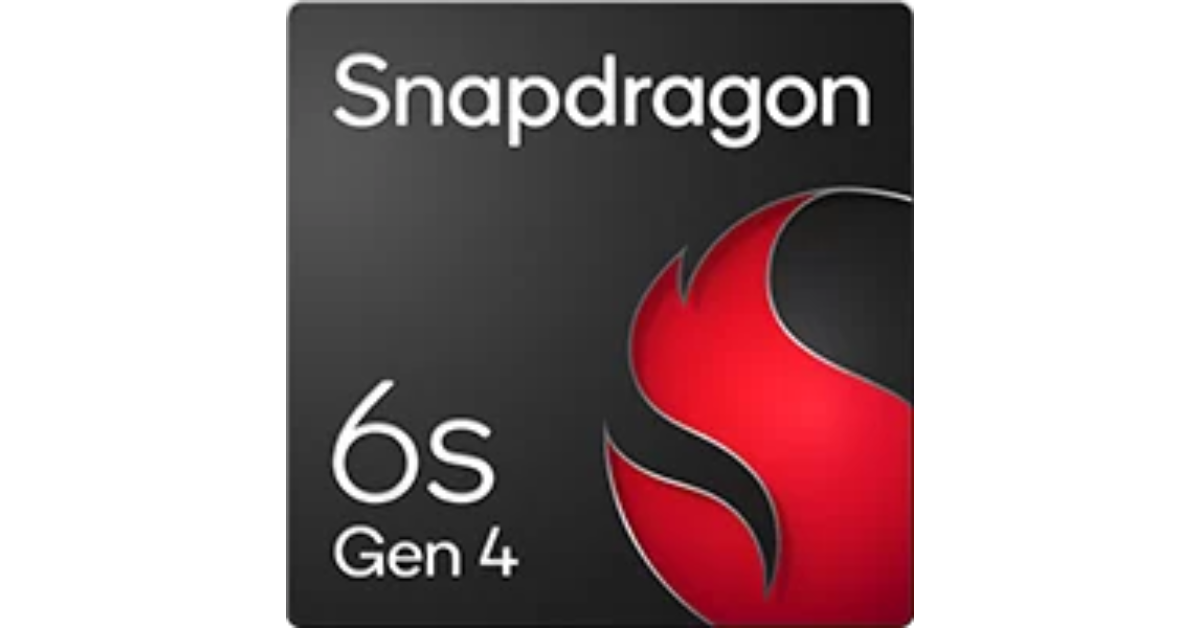Qualcomm has announced the Snapdragon 6s Gen 4 chipset for mobile devices, which features a 64-bit architecture and a Qualcomm Kryo CPU. The SoC promises to provide 36% faster CPU and 59% higher GPU performance. It can accommodate Full HD+ displays at 144Hz and cameras with resolutions of up to 200MP. The processor also has Wi-Fi 6E, Bluetooth 5.4, and NavIC connectivity options. The Snapdragon 6s Gen 4 is designed for budget Android phones.
The Snapdragon 6s Gen 4 chipset enhances mobile performance with a 36% faster octa-core Qualcomm Kryo CPU. The processor is complemented by a Qualcomm Adreno GPU, which supports OpenGL ES 3.2, Vulkan 1.1, and OpenCL 2.0 FP APIs, HDR gaming, 10-bit colour depth, and hardware-accelerated H.265 and VP9 decoding. Qualcomm says that the Snapdragon 6s Gen 4 mobile platform improves GPU performance by 59%. This results in better multitasking, faster app loading times, and improved system performance, making every interaction with your smartphone easier. It supports LPDDR5 RAM @ 3200MHz and UFS 3.1 storage.
The Snapdragon processor delivers immersive gaming experiences with ultra-smooth 144 FPS at FHD+ resolution, Variable Rate Shading for enhanced graphics performance, and Qualcomm Game Quick Touch for lower touch latency, giving you a competitive advantage in fast-paced games.
Also Read: Spotify users are experiencing app crashes, company acknowledges the issue
Qualcomm’s new CPU supports a variety of satellite systems, including QZSS, Galileo, Beidou, GLONASS, NavIC, and GPS, with lane- and sidewalk-level precision. Connectivity options include Bluetooth 5.4, Bluetooth LE, 5G mmWave, Wi-Fi 6E, and Quick Charge 4+ via USB Type-C. Fingerprint scanner is also supported with a specific Qualcomm 3D Sonic Sensor and Qualcomm 3D Sonic Sensor Max.
Also Read: Tinder releases Face Check, a facial verification feature across the US
Furthermore, it supports single camera lenses with up to 200-megapixel resolution, or dual 16-megapixel sensors and high-quality videos, allowing users to record memories in a variety of situations. Its hardware-accelerated Multi-Frame Noise Reduction (MFRN) offers detailed low-light capture, allowing users to relive memorable events.



